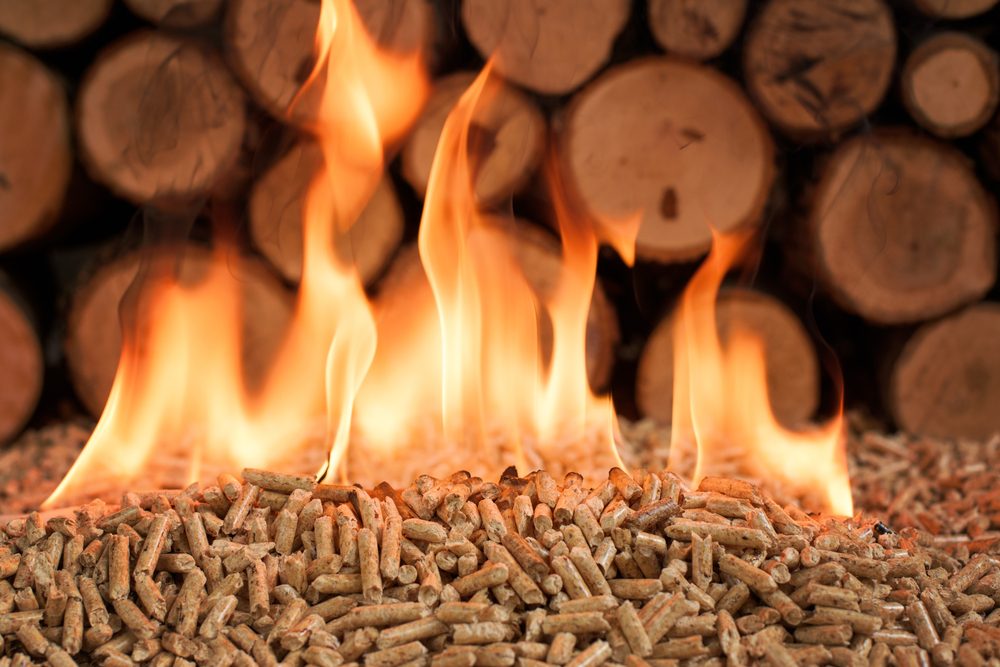The increasing adoption of wood pellet heating systems in our homes raises essential questions about indoor air quality. While pellets have undeniable ecological and economic advantages, they create a problem that is often overlooked: the emission of fine dust. This reality deserves special attention to safeguard our daily well-being.
Fine dust from wood pellets: a challenge for air quality
Daily handling of pellets releases microscopic particles into the atmosphere of our homes.
This dust production occurs at every stage: during the transport of bags, while filling the reservoir, and even during storage. The constant friction between the pellets causes gradual disintegration, creating fine powder that insidiously disperses into the space.
The very nature of the pellets exacerbates this issue. Made from compressed sawdust, these fuels may contain various components, including binding agents. Once pulverized, these elements turn into volatile particles that invade the home environment, raising legitimate questions about the quality of the air we breathe.
Respiratory health and fine particles: understanding the dangers
Exposure to wood pellet dust presents a real health risk. These microscopic particles can penetrate deep into our respiratory system.
Individuals with sensitivities quickly show symptoms: nasal irritation, persistent cough, itchy eyes. These reactions are the first warning signs of excessive exposure.
The effects are particularly pronounced in those suffering from allergies or asthma. The constant presence of these particles in the air can trigger respiratory crises and worsen existing conditions. Children and the elderly are more vulnerable to this invisible pollution.
Practical solutions to reduce exposure to dust
1. Screen the pellets before use
Using a special pellet screen serves as an effective first barrier. This simple operation helps eliminate residues and dust before loading the stove. Regular screening significantly reduces the amount of particles released into the air during handling.
Choosing the right screening tool is crucial. Models equipped with a fine mesh effectively trap dust while allowing intact pellets to pass through. This preventive step also improves stove performance by limiting residue buildup.
2. Regularly maintain your stove
A methodical cleaning of the appliance is essential. Regular maintenance of the stove prevents dust accumulation and ensures optimal combustion. Emptying the ash pan, cleaning internal surfaces, and inspecting seals should become routine tasks.
Preventive maintenance also includes checking the exhaust ducts. Annual professional sweeping minimizes the risk of backdrafts and ensures efficient removal of combustion residues.
3. Ventilation and air purification
Installing a high-performance ventilation system is an essential solution.
Regularly renewing the air helps to expel suspended particles and maintain a healthy atmosphere. Air purifiers equipped with HEPA filters complement this setup effectively.
Daily ventilation of the rooms is essential. Opening windows for a few minutes, even in winter, aids in expelling accumulated dust and introduces fresh air.
4. Check pellet storage
Setting up an appropriate storage space plays a vital role. A dry, well-ventilated, and insulated room protects the pellets from moisture and limits their degradation. Using airtight containers or specialized textile silos reduces dust dispersion.
Handling bags requires special precautions. Avoiding abrupt movements and favoring controlled pouring minimizes the creation of dust clouds.
An ecological heating that needs precautions
Pellet heating retains its undeniable environmental and economic benefits. Controlling dust emissions simply requires adopting good practices and using appropriate equipment. These preventive measures ensure a peaceful and sustainable use of this modern heating solution.
Awareness of indoor air quality issues fosters responsible use of pellet stoves. The balance between thermal comfort and respiratory health relies on daily vigilance and simple yet effective gestures.
How do you manage pellet dust in your home? Do you have any particular tips for maintaining healthy air with your pellet stove? Share your experience in the comments; your advice will be invaluable to the entire pellet heating user community!

